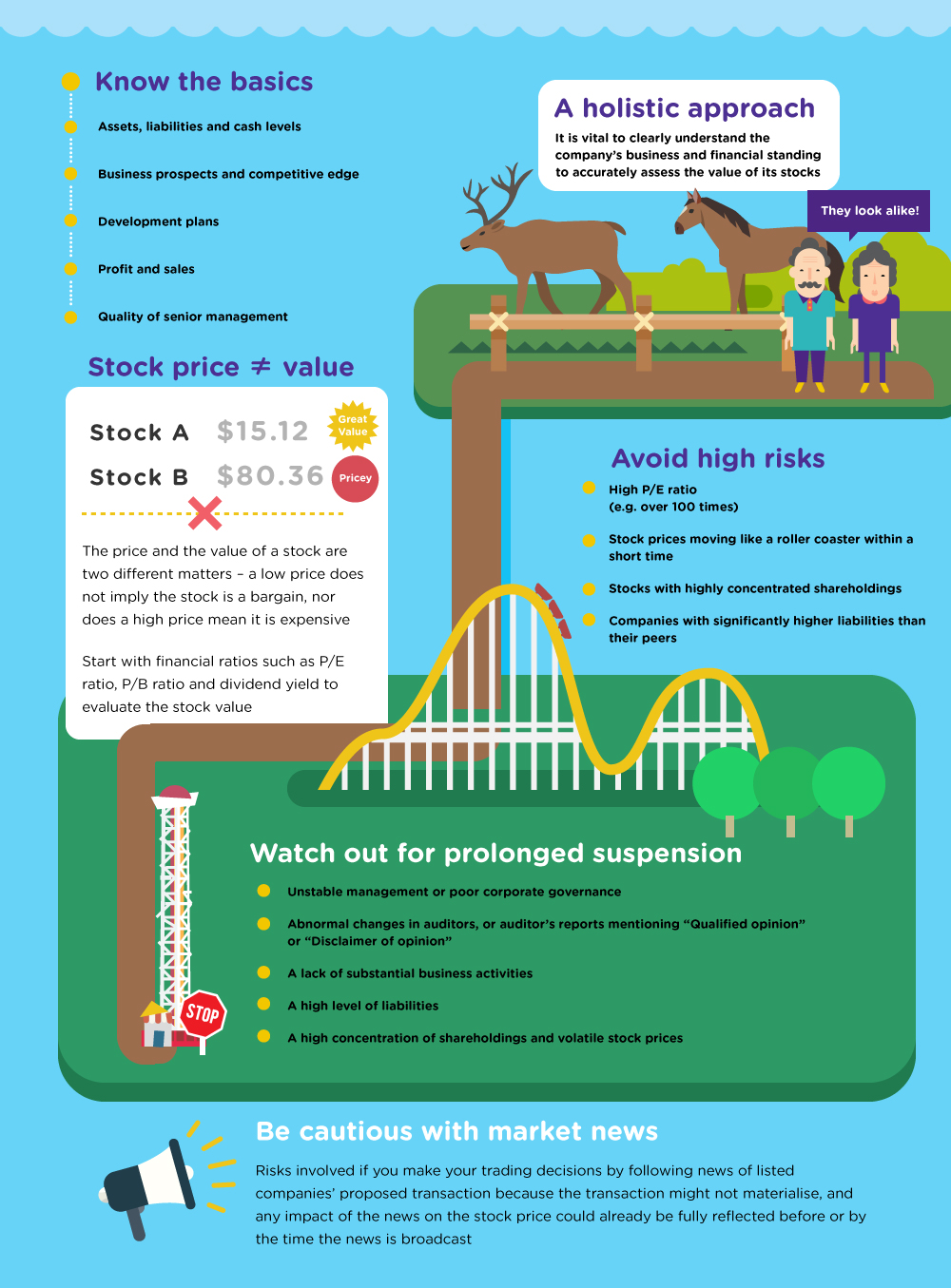Learning more about investing in stocks
What is the best price to buy or sell a stock? This is the question that stock investors
are most co...
/web/common/images/retiree/retirement-investment/icon_learning_more_about_investing_in_stocks_s.jpg
youtube
Portal-Retirement
Article
01/04/2016
Learning more about investing in stocks
What is the best price to buy or sell a stock? This is the question that stock investors are most concerned about. Yet, there are many more areas about stock investment that deserve your attention.




